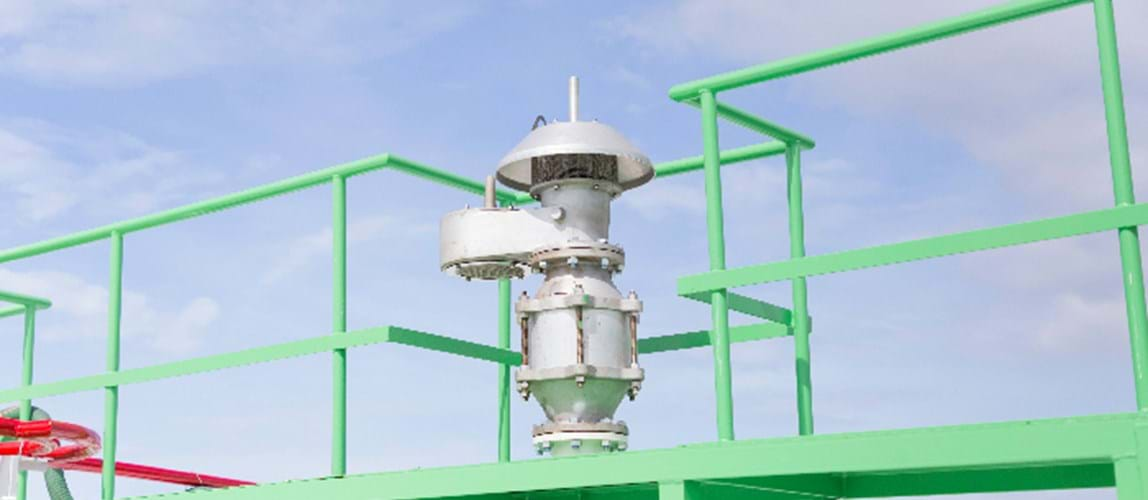Process Management and Control
Webinar: Monitoring Pressure Relief Valves as Part of a Digital Ecosystem Reduces Cost and Improves Performance

- Date From 3rd December 2025
- Date To 3rd December 2025
- Price Free of charge.
- Location Online: 14:00 GMT. Duration 1 hour.
Overview
Any kind of pressurised system, from a residential hot water heater to a massive chemical reactor, will have some sort of pressure relief mechanism. It’s there to let internal pressure escape before it overcomes the mechanical strength of the equipment. This concept is as old as the earliest steam boilers and is the last line of defence in an overpressure event to protect people and equipment. And Industrial plants, such as refineries and chemical processing facilities, have hundreds of pressure relief valves (PRVs). The importance of detecting leakage as soon as it starts is driven by the compounding effect over time. A mere 0.1% leakage, if left unaddressed for a year, equals a full release from a PRV for six hours. It is also important to detect leakage as soon as it starts since, over time, undetected releases cause wear and compromise valve seat integrity, which makes the leakage worse.
Monitoring the condition and activity of PRVs and rupture disks should be a part of normal plant operation, but, often there can be no mechanisms within the devices capable of sending information to an automation system. Consequently, an external monitoring device should be added that will not interfere with its ability to open, using an approach matched to the valve type for best results.
Combining historical maintenance records with online monitoring data supports development of predictive maintenance programs. Decreasing relief events and detecting PRV leaks minimises product losses, reduces energy usage and extends equipment lifecycles. With prompt action based on this monitoring, the overall effectiveness of a process unit’s safety system can be assured while avoiding product loss and potential environmental consequences. Many equipment condition monitoring devices are now available to determine how well various types of assets are functioning. This information can help optimise maintenance efforts and avoid costly unplanned shutdowns.
Speaker
Marcelo Dultra, Global Director Industry and Product Portfolio, Emerson
Marcelo is a Global Director Industry and Product Portfolio, at Emerson, specialising in pressure relief valves. He has more than 25 years of experience in process automation and safety systems. He received his bachelor’s degree in electrical engineering from Unicamp in Brazil and his MBA from Texas A&M. Marcelo has worked in multiple projects involving digital integration, fieldbus networks, safety systems, partial stroke testing, and wireless valve monitoring.
The material presented has not been peer-reviewed. Any opinions are the presenter’s own and do not necessarily represent those of IChemE or the Process Management and Control Special Interest Group. The information is given in good faith but without any liability on the part of IChemE.
Webinar recording and slides
Member-exclusive content
Become an IChemE member to enjoy full access to this content and a range of other membership benefits. If you are already a member, please log in.
Back to events